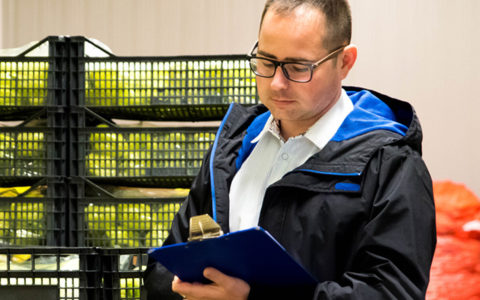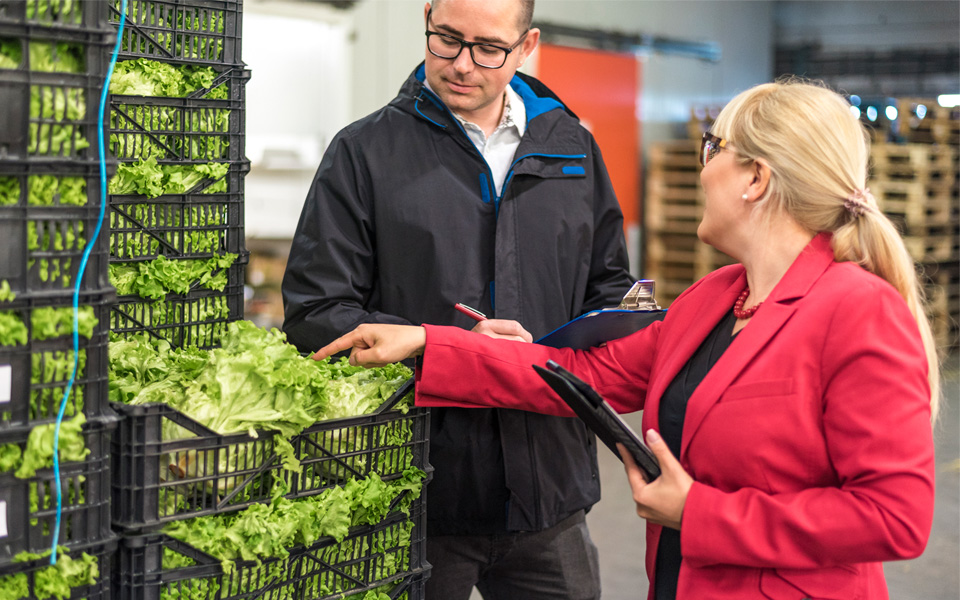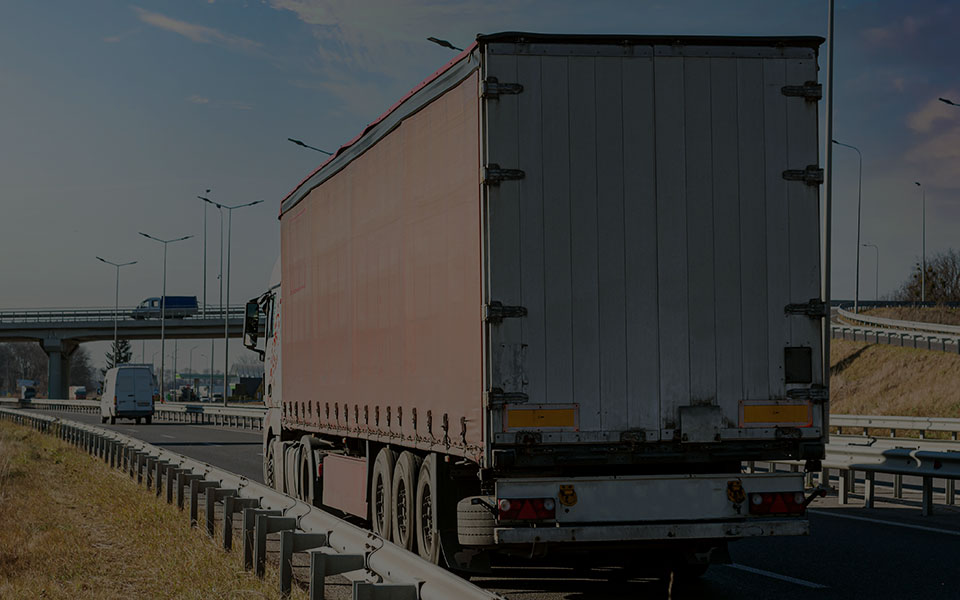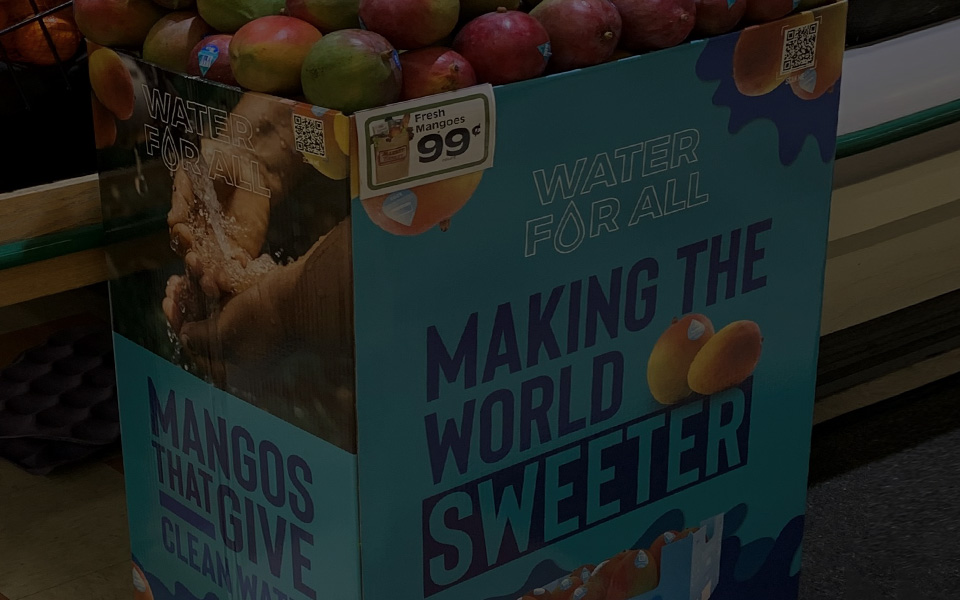Pandemic reveals importance of cold chain integrity

*On June 1, 2023 Emerson’s Climate Technologies business became a new standalone company – Copeland. Though our name has changed, we are building on more than a century of HVACR innovation and industry leadership, and Copeland continues to offer the same products, industry stewardship, and learning opportunities you’ve grown to trust. Information found on this webpage posted before June 1, 2023 may contain our old name or branding, but you can be at ease knowing it was created with the knowledge and expertise of Copeland.
Even the most resilient food supply chains are being challenged in ways never imagined before the coronavirus pandemic. At the same time, consumers, retailers and regulators are demanding more visibility and transparency into food’s entire journey — from meat, dairy and produce plants all the way through to dinner tables, according to a recent Food Logistics article for which I was interviewed. Also quoted were my colleagues, Katrina Krites, marketing and business development manager, food retail, and Amy Childress, vice president of marketing and planning, Cargo Solutions, both with Emerson’s cold chain business.

The food supply chain is one of the segments hardest hit by the pandemic. Consumers quickly switched their buying behaviors from brick-and-mortar stores to online groceries. Spikes in demand and disruptions throughout the food supply chain led to acute shortages of certain product categories. One-third of consumers surveyed in NPD Group’s NET COVID-19 Pantry & Food Strategy Tracker still experience out-of-stock inventory months after the outbreak began.
It’s no wonder then that 81 percent of shoppers say transparency is important or extremely important to them, both online and in-store, according to a study by FMI, The Food Industry Association. Responses to the survey also revealed that consumers believe grocery retailers should provide detailed product information. Food safety clearly remains a top concern because of pandemic-related interruptions.
Delivering safe, high-quality food starts with understanding everything that contributes to food quality and safety throughout the cold chain. It’s staggering to realize that there can be potentially as many as 20 to 30 individual steps and multiple changes of ownership throughout this journey. Stakeholders at each point are now able to monitor, control and track a variety of conditions necessary for preserving food quality, including temperature, humidity, lighting and more.
Providing this greater visibility and management of inventory will require operators across the supply chain to integrate cold chain monitoring solutions and other technologies to assure food safety and on-time delivery. In addition, operators will need to implement the following:
-
- Stringent operational processes
- Enhanced supplier sourcing
- Strong company relationships
- An overarching standard to produce, deliver and sell food safely and ethically
See into the cold chain in real-time
Food chains have historically been opaque, long and complex. Increasingly, they are becoming more transparent, shorter and traceable. That’s occurring because consumers want to know more about where their food comes from and how it’s been handled. The impacts of the pandemic significantly increased the urgency behind this push.
According to Dan Crossley, executive director for Food Ethics Council, the question businesses should be asking is, “If our customers could see everything about how our food is produced, distributed, stored and sold, would they still want my product?”
One way to answer this question is by improving cold chain integrity. As Amy explained in the article, Emerson participates in the IBM Food Trust, where we leverage advanced cold chain technology “to provide temperature-related information on in-transit, refrigerated cargo to improve shelf-life estimates and food freshness, enabling more actionable data for IBM Food Trust network members.”
Smarter approaches to food safety
Expanding use of real-time and near real-time tracking devices and cloud-enabled software systems to monitor in-transit shipping conditions will also help operators to ensure food safety and quality. This is especially critical to keeping up with the global demand for year-round access to perishable products. Consumers want a variety of fresh produce, regardless of the location of its origin or the complex cold chain necessary to transport it by land, sea and/or air. The supply chain begins at the point of harvest and continues through processing, cold storage and distribution — all before the food ever begins the last-mile delivery to a store, restaurant or consumer. Overseas shipments can often last anywhere from two to four weeks.
Precise tracking of the condition of this food is possible with advanced hardware and software systems. For example, Connect+ enterprise management software from Emerson can help retailers by providing near real-time access to critical information to help retailers immediately monitor, triage and respond to issues across their multi-site networks. It also provides alarms/notifications using Emerson’s Site Supervisor and E2 facility management systems to provide continuous building and refrigeration monitoring at any location and across the enterprise.
As Katrina said in the article, “By providing enterprise management of refrigeration and other key facility systems, Connect+ can help retailers preserve food quality while meeting food safety compliance mandates.”
In-transit monitoring of food temperature, location, light, security and other sensor data for perishable cargo can be accomplished with Emerson’s GO real-time loggers and trackers and complimentary cloud-based online portal, Oversight 2. The solution’s automated reporting, real-time alerts and historical reports increase visibility into the status of in-transit cargo.
New normal: Verify food in-transit
The pandemic exposed areas of the global food supply chain that are susceptible to disruption by rapid changes in consumer behavior as well as food safety concerns. Food must be resupplied faster and kept fresh longer. Building these capabilities along with resiliency into the supply chain, will require even more focus amid our “new normal.” Those efforts will begin with the implementation of cold chain technologies that enable businesses to verify the condition of food at any and every step in its journey from producers to consumers.

Six Ways to Reduce Food Waste by Tracking the Supply Chain
by Gerd Uitdewilligen | Cold Chain
*On June 1, 2023 Emerson’s Climate Technologies business became a new standalone company –...

Protect Valuable Shipments in High-Crime Areas
by Lissandra Rodriguez | Cold Chain
*On June 1, 2023 Emerson’s Climate Technologies business became a new standalone company –...

Real-time Tracking Protects Valuable Mango Cargo
by Andres Toro | Cold Chain
*On June 1, 2023 Emerson’s Climate Technologies business became a new standalone company –...
The post Pandemic Reveals Importance of Cold Chain Integrity appeared first on Copeland.